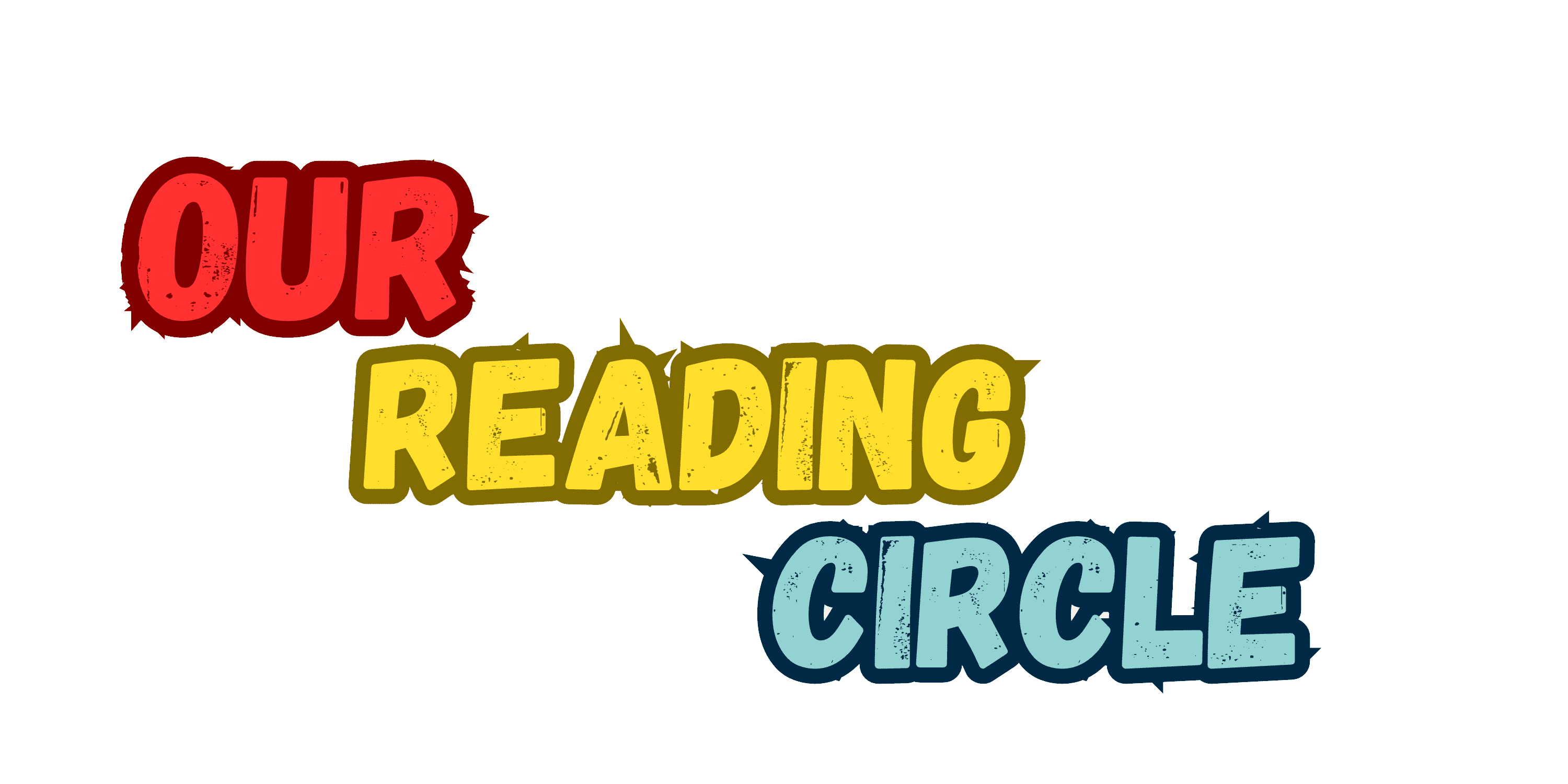Our Reading Circle - Lets Learn, Wonder and Dream!
How Reading Aloud Shapes Early Learning: Tips for Toddlers & Preschoolers

How Reading Aloud Shapes Early Learning: Tips for Toddlers & Preschoolers
As a parent or caregiver, you hold the power to unlock a world of imagination and learning through a simple act: reading aloud. But did you know that this daily routine impacts children differently based on their age? Let’s explore how to tailor your reading time for toddlers (1-3 years) and preschoolers (3-5 years) to maximize growth.

Why Reading Aloud Matters
For toddlers, language is like a puzzle they’re trying to solve. When you read, you expose them to new words and sounds. For example, a book about animals can teach words like “roar” or “splash.” This helps build vocabulary and listening skills. Preschoolers, on the other hand, are ready for more complex stories. They start asking questions like “Why did the bear hibernate?” This shows they’re connecting ideas and developing critical thinking.
Tailoring Books to Age Groups
Toddlers thrive on repetition and simple concepts. Board books with bright pictures and textures are perfect. Try lifting-flap books or stories with predictable phrases like “Brown Bear, Brown Bear, What Do You See?” Preschoolers enjoy longer narratives with a clear beginning, middle, and end. Look for books with vivid illustrations and relatable characters, such as “The Very Hungry Caterpillar.”
Activities to Boost Engagement
For toddlers, turn reading into a game. Point to objects in the pictures and ask, “Where’s the duck?” Encourage them to touch or name things. Preschoolers love to interact with stories. Ask them to predict what happens next or act out scenes using puppets. This helps build comprehension and creativity.

Parenting Strategies
Consistency is key. Set a daily reading time, like before bedtime. Make it fun by using different voices for characters. For busy schedules, read during breakfast or while waiting at the doctor’s office. Remember, even 10 minutes a day makes a difference.
By adapting your approach, you can create a reading experience that grows with your child. Start today—your voice is the first step in their lifelong love of learning.



